Trip Report - Isla San Jose, Panama
Apr 20, 2021
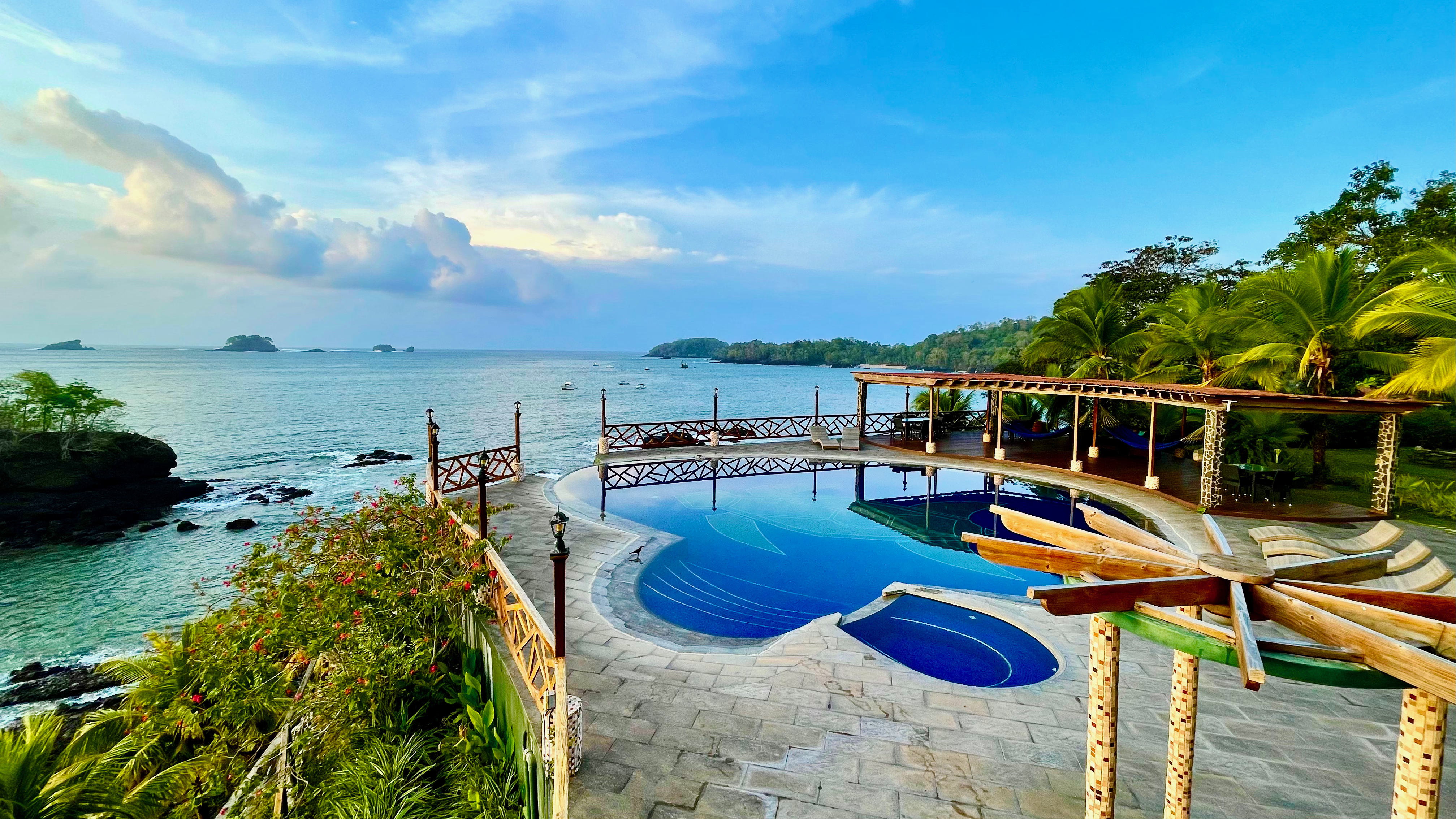
I know a lot of us are itching to book our fishing trips this year, so when the last of our group finished getting their vaccine, we decided it was time to put together another Cudakilla Jig and Pop trip to the bountiful waters of the Republic of Panama. If you love warm equatorial waters, and the technical style fishing of jigging and popping, then this is your destination; especially for us folks in the states since it’s so close to home.
Cebaco Bay Sportfishing typically operates from a 110’ mothership moored in a tranquil bay on Isla Cebaco off the west coast of Panama. However, this year operations moved us to a new venue in the south, located on the Pearl Island chain in the Gulf of Panama. Isla San Jose is the second largest island in the chain, and a quick 20-minute flight from the coast with a small single engine turboprop. The 17 sq. mi. privately owned island has their own runway, shuttle operation, and resort overlooking the best view from the island. The Hacienda del Mar Resort has air conditioned cliffside cottages with beach and ocean views, a full service restaurant, and infinity pool with a fantastic view. Unfortunately, it’s still closed due to covid, but since the family that owns the island is related to the owner of Cebaco Bay, we were lucky enough to have the run of the place to ourselves.
In typical fashion, Cebaco Bay pulled out all the stops. We had a party of 9, which included 2 non-fishing ladies, for which they brought two 33’ World Cat fishing boats equipped with twin 4-stroke 300s, a 31’ classic bertram, and a 120 ton military amphibious support LCU to make sure all the bases were covered, providing fuel and supplies to maintain the fleet. I don’t think there are many fishing outfitters in Panama, or even the world for that matter, that have the assets that Cebaco Bay has to offer. So how do they make it work? Well, this low key fishing operation is able to draw from a pool of marine assets typically used to develop medium to large size ports, because sportfishing isn’t their primary business. It’s their passion. Their roots started in marine development, and over the years they have become the largest provider in Panama for marine port services. The owner, James Wiese, has an affinity for saltwater sportfishing, and Cebaco Bay Sportfishing was born as a private sportfishing club for both himself and close friends. Luckily for us, today he and his knowledgeable crew share that passion with the general public.
After settling in at the island and filling our bellies with lunch, the crew was eager to get us out on the reef for the afternoon bite. We boarded the 2 World Cats and sped off to drift a nearby reef to work out the equipment kinks before the next full day of fishing. We were anxious to see just how healthy the reef was after the year long hiatus from sportfishing, and it didn’t surprise us. The action was non-stop for the entire afternoon. Every drift over the reef produced for everyone, in abundance. We used a variety of Prohunter speed, flutter, and slow fall jigs, to bring up groupers, jacks, snappers, albacore, sierra, and other species. Matching these jigs with specialized Prohunter Safari short jigging and slow-pitch rods creates a very compact and balanced system, which proved murderous. Varying retrieve speeds and rod movements, we were able to target different species. Generally, fast retrieves with quick rod action brought in the jacks, sierra, trevally and albacore, while the slower pitching appealed more to the groupers, pompano and snappers. While pulling these fish in the boat, what stood out to me was that the average size of the barred pargos and jacks were noticeably larger than what we had caught in the past in Panama. It could’ve been the reef location itself, but I have a feeling that just like some of us, a year of covid has allowed them to gain some extra weight and girth. There were also a few really heavy fish that we lost because our gear was too light. I had one that pulled as hard as a shark, but had that telltale initial drag burn and fish twitch movements. I thought I could horse it in with my 65# braid and 80# leader, but unfortunately my excitement got the best of me as I felt the jig tear off after about a 2 minute battle. If I had to guess, it was a very large AJ, but as most of us know all too well, it’ll be one of those regrets I’ll carry with me like a bad tattoo.
Over the next few days, we continued fishing the inshore reefs with similar results, as a strong south swell combined with an opposing strong north wind, prevented us from going offshore. Switching to heavier 150+ gram jigs, such as the Prohunter Rankaru SP jigs and Zcraft Cyclops, allowed us to cut through the water column, down into the zone to find the bottom, and quickly get a few jig cycles before we were blown off the spot. These heavier jigs have their purpose, but also require a lot more work to produce action. As a general rule of thumb, when fishing with flutter or swim style jigs, it’s best to fish with the lightest jig you can get away with, since they’ll provide more action than a heavier one. Most of the large fish we caught were only on 80gr jigs.
Half way through our 8 day trip, Jim Wiese and a small crew surprised us with his personal 65’ Viking Sportfisher, and took us offshore to see if we could find pelagics. The underwater topography of the Gulf of Panama is a relatively flat shallow shelf that drops off to thousands of feet just outside the mouth, so we decided to head about 50 miles to the drop off to see if we could locate the tuna. Along the way, we knocked out a few medium sized dorado on the troll with plastics, and sighted a handful of sailfish but no takers. We cruised along the deep end of the drop, looking for signs of life above and below, and as usual, it was our feathered friends that gave us the sign. We approached the boiling school cautiously, and threw poppers and stickbaits. Cast after cast, they would disappear just within casting distance. We continued to play this cat and mouse game until they decided to stay deep. There was a moment where one showed its shiny, wide, deep blue colored back, as it crashed on a popper, and you could instantly tell we were chasing large grade tunas. Unfortunately, we weren’t able to connect with any of them, but that’s how it goes sometimes.
We continued to focus inshore as the southern swell started to diminish, adding even more varieties of species to our already long list. Some of the largest fish we caught were on our last day, when the swell was the weakest, which was a great way to end a fantastic trip: a healthy size cubera, large mullet snappers, a very nice example of an almaco jack (all caught on a Prohunter Du Souel Flutter Fall 80gr jig), and rounding the end of the day and trip with a massive broomtail grouper (caught on a Prohunter Zcraft Cyclops Slow Fall 150gr jig). All in all, we caught 25 different species on this trip:
Gulf Grouper, Broomtail Grouper, Red Grouper, Cabrilla Grouper, Almaco Jack, Barred Pargo, Yellowtail Snapper, Mullet Snapper, Fingermark Snapper, Red Snapper, Cubera Snapper, Silk Snapper, Green Jack, Threadfin Jack, Big Eye Jack, Jack Crevalle, Bonito, Albacore, Sierra Mackerel, African Pompano, Grey Triggerfish, Reef Triggerfish, Golden Trevally, Giant Hawkfish, and Dorado.
If you’re looking to catch a trophy fish, the fertile waters off Central America is a good bet. If you’d like to catch them with a first class operation and comfort to match, then Cebaco Bay Sportfishing ranks right up there. Their attention to detail, knowledge of local waters, and warm, genuine Panamanian hospitality makes for an A+ trip. Also, a huge thank you to my good friend and mentor Cudakilla Lee. Japanese and Aussie jigging techniques and gear are still making inroads into the US, and sometimes figuring out the right balance between technique, tackle, and gear can be confusing. His knowledge, technical aptitude, and willingness to always make time to help anyone, helps to demystify this, and truly makes him an asset to our sport.
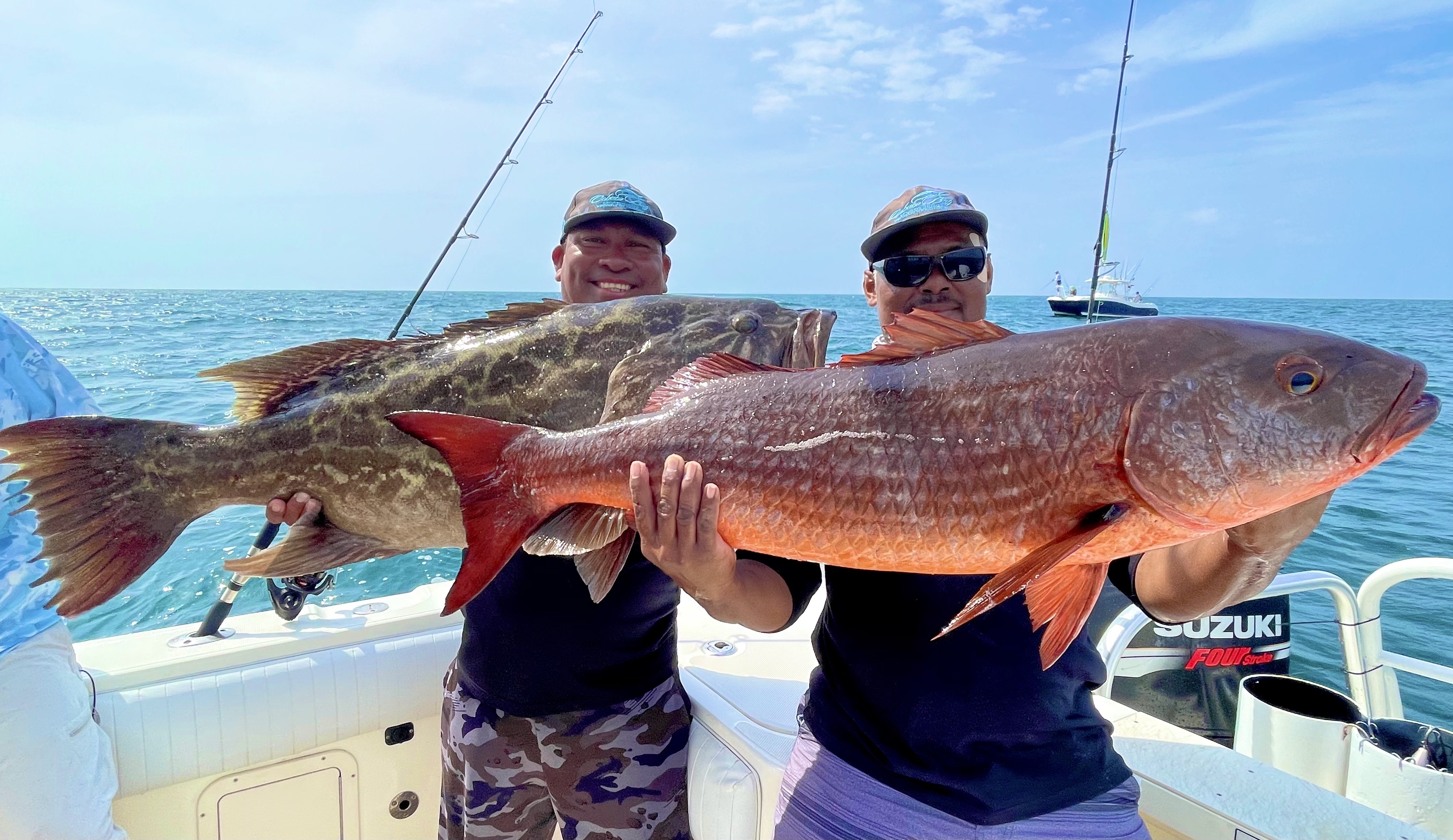

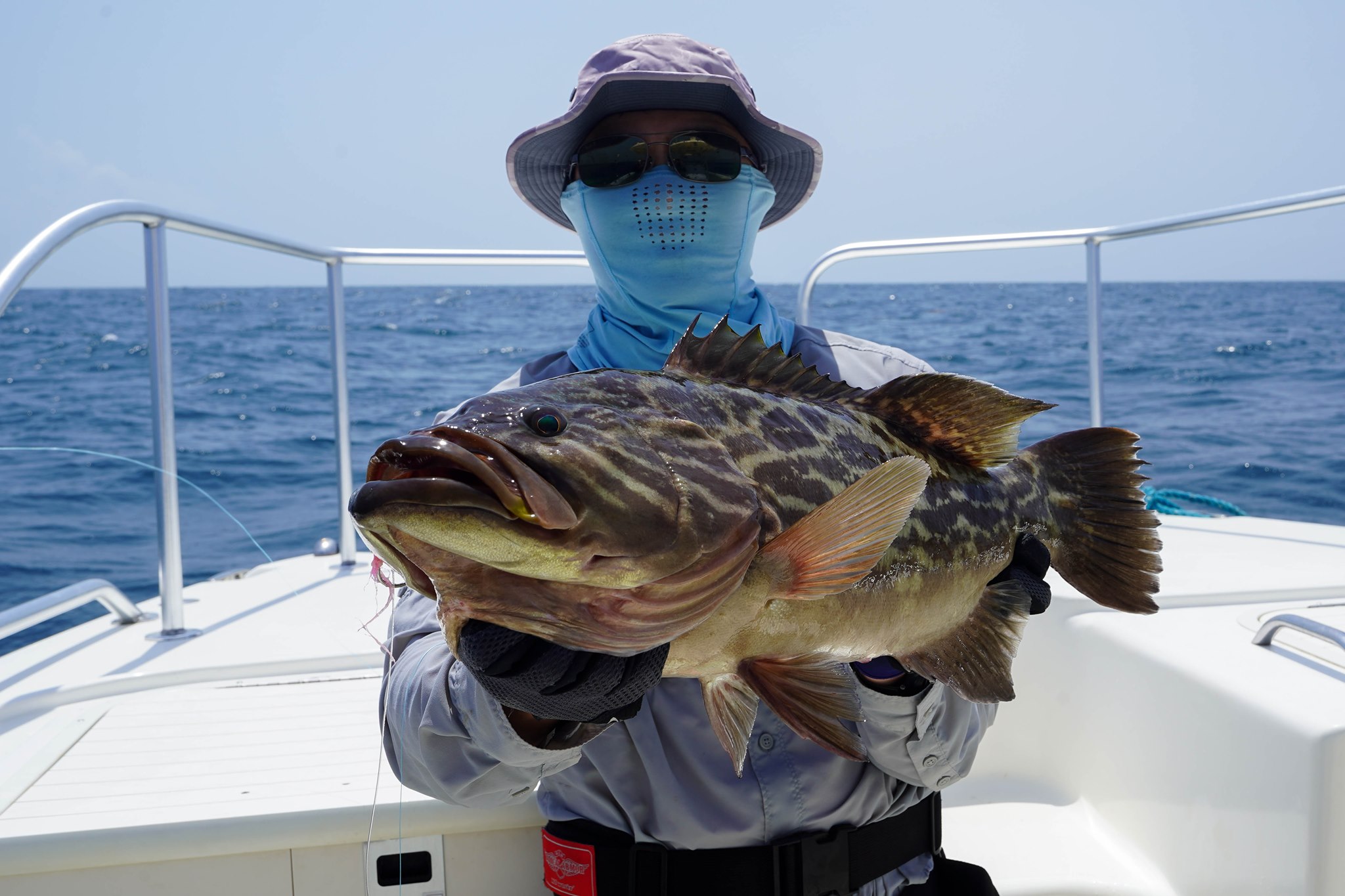

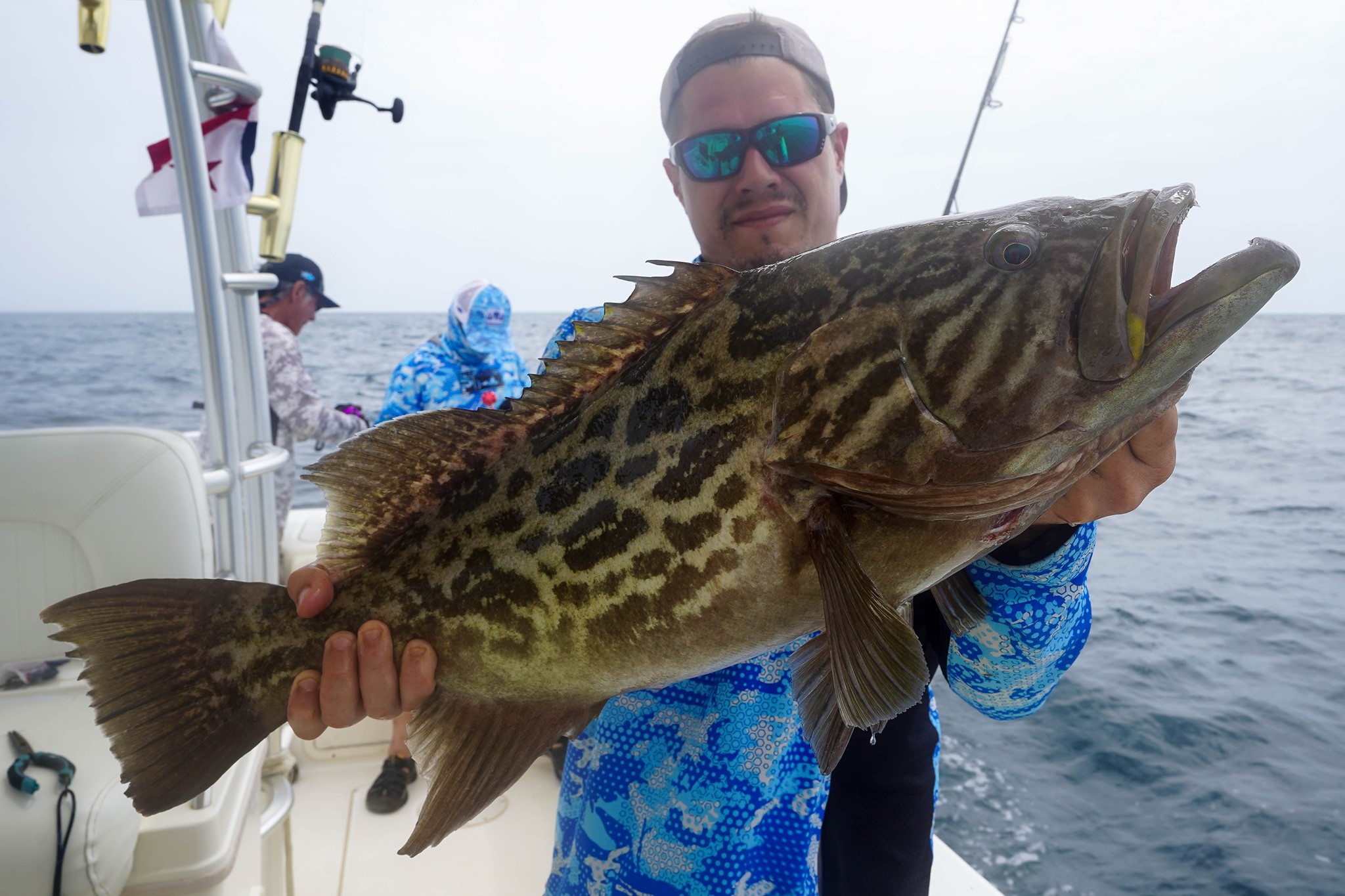

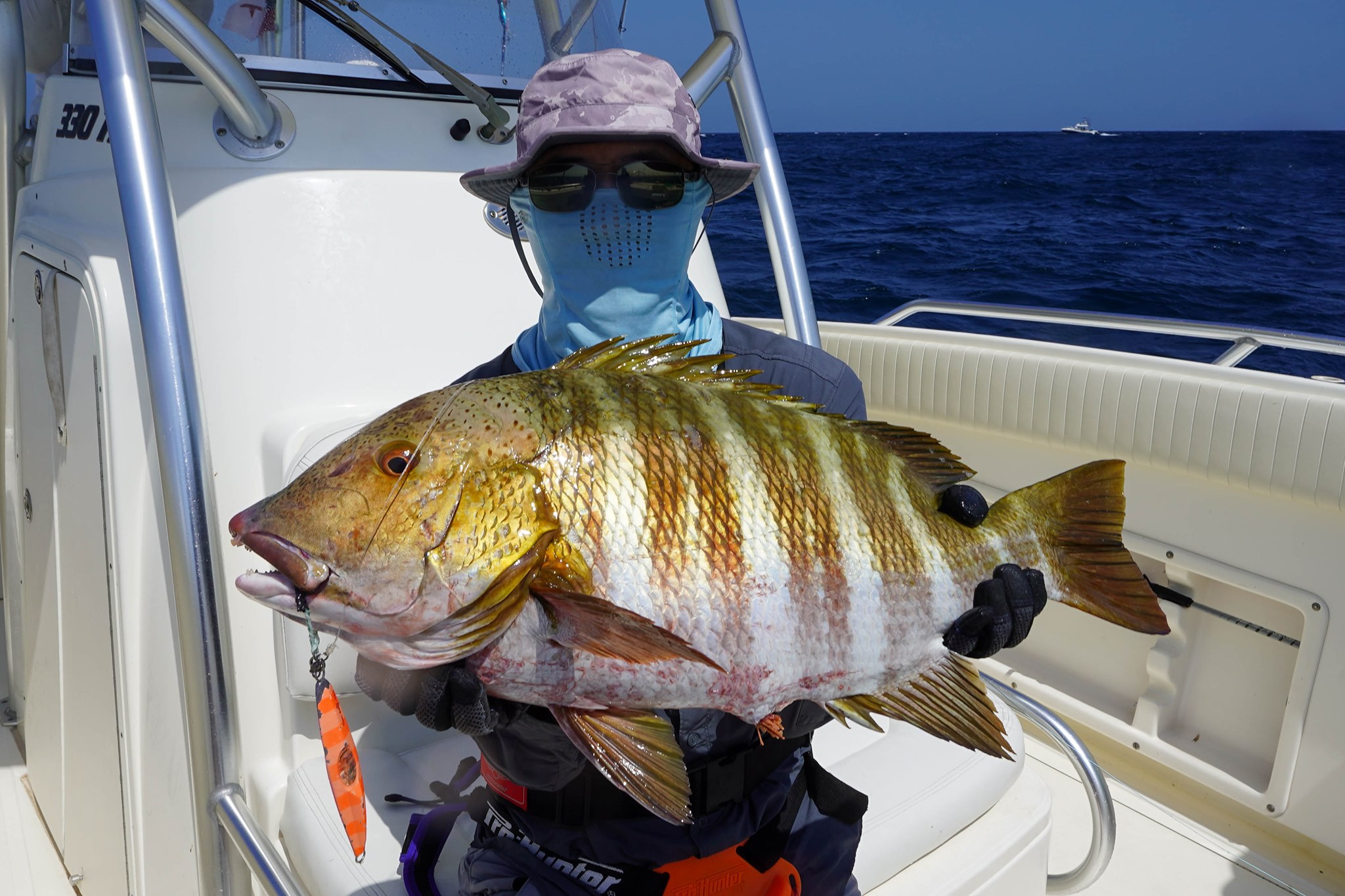
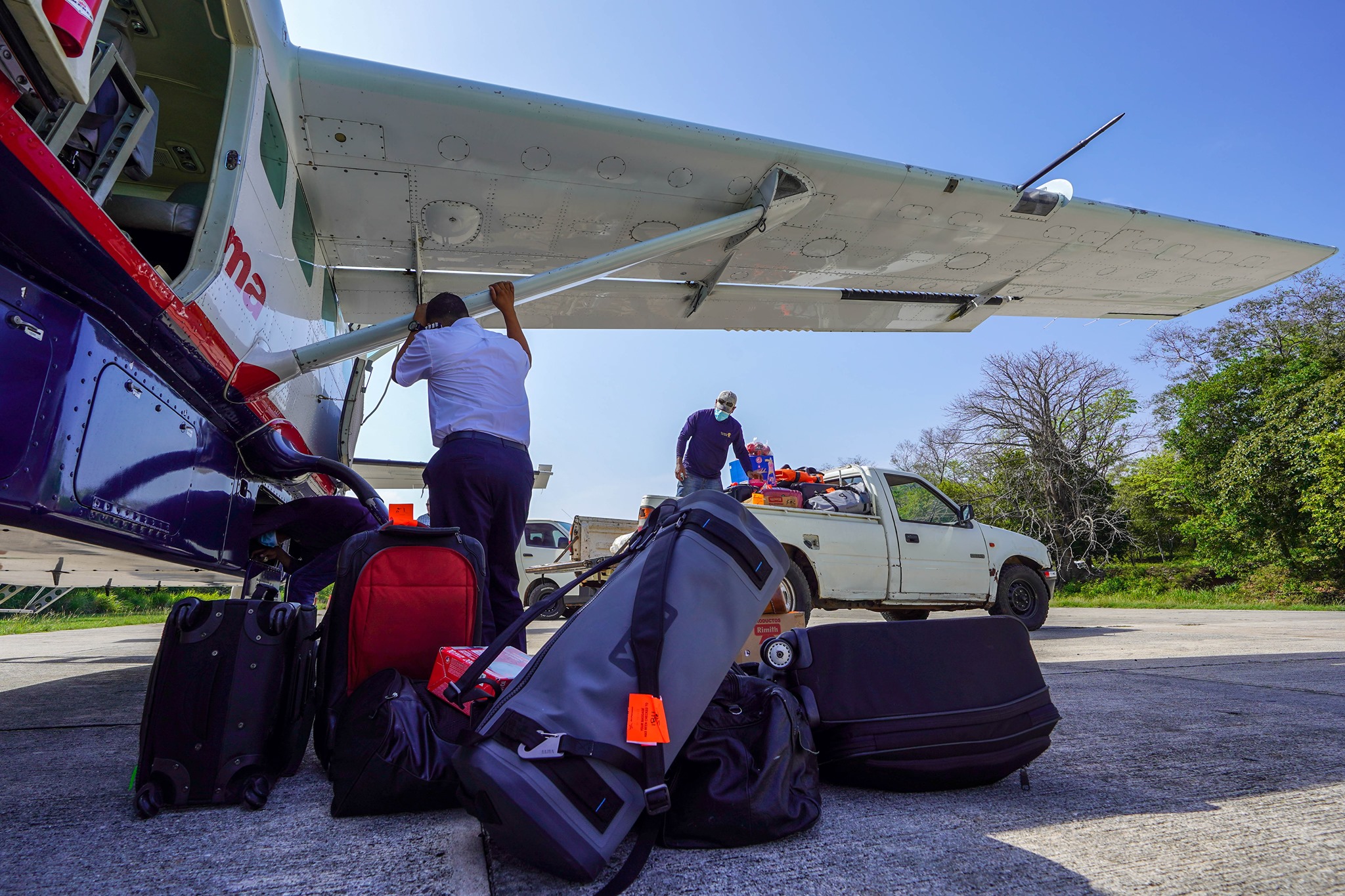
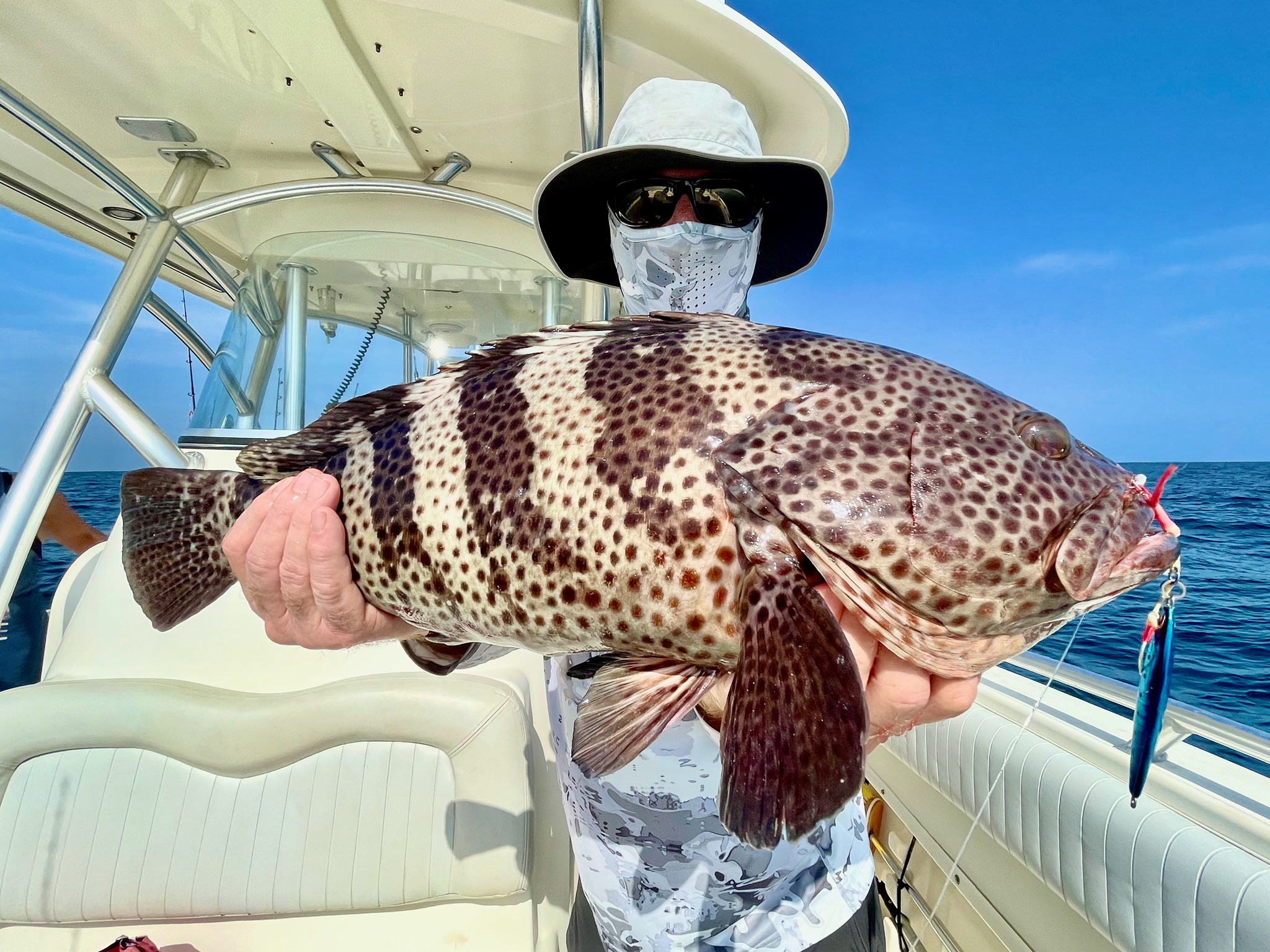
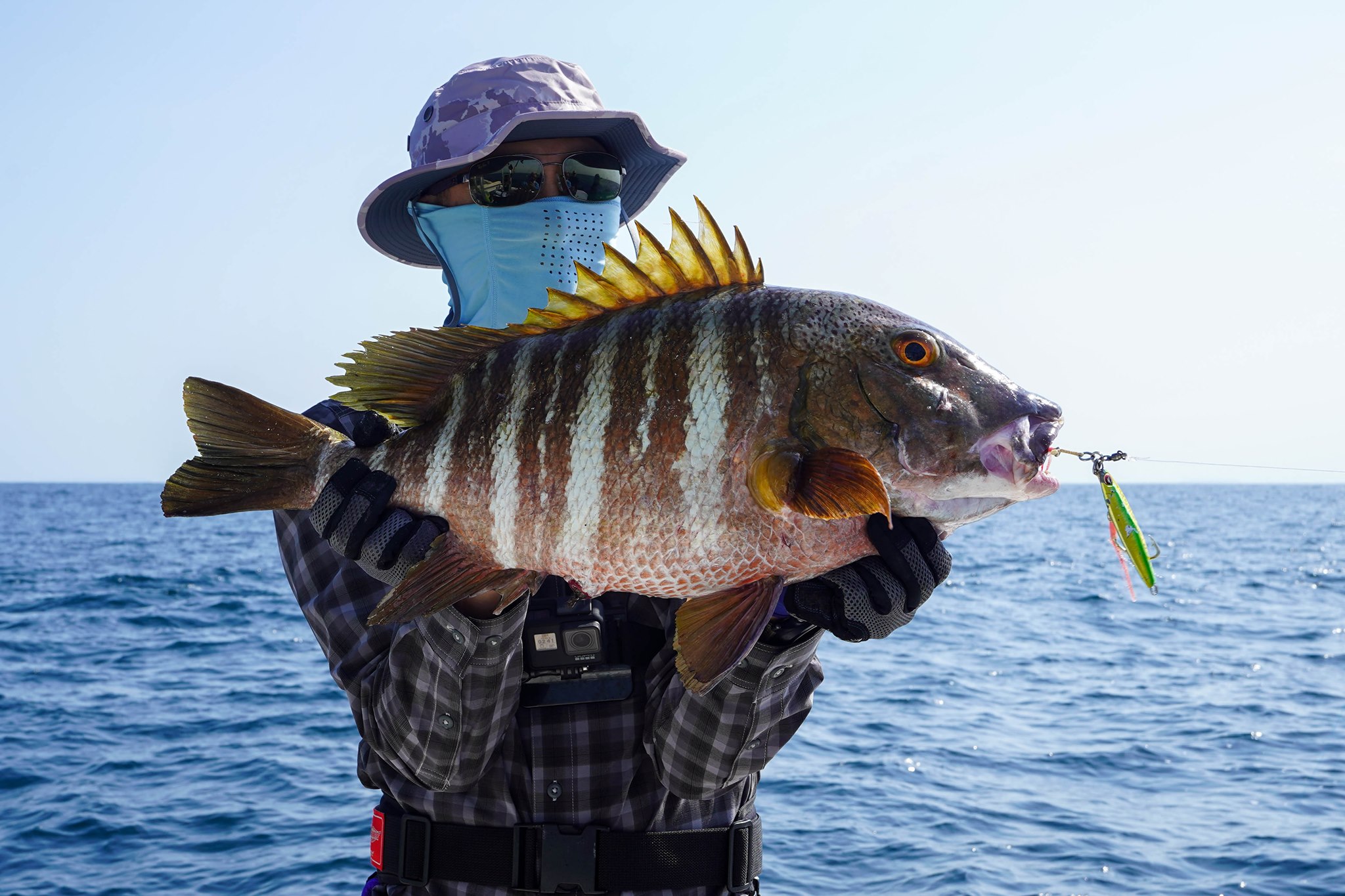
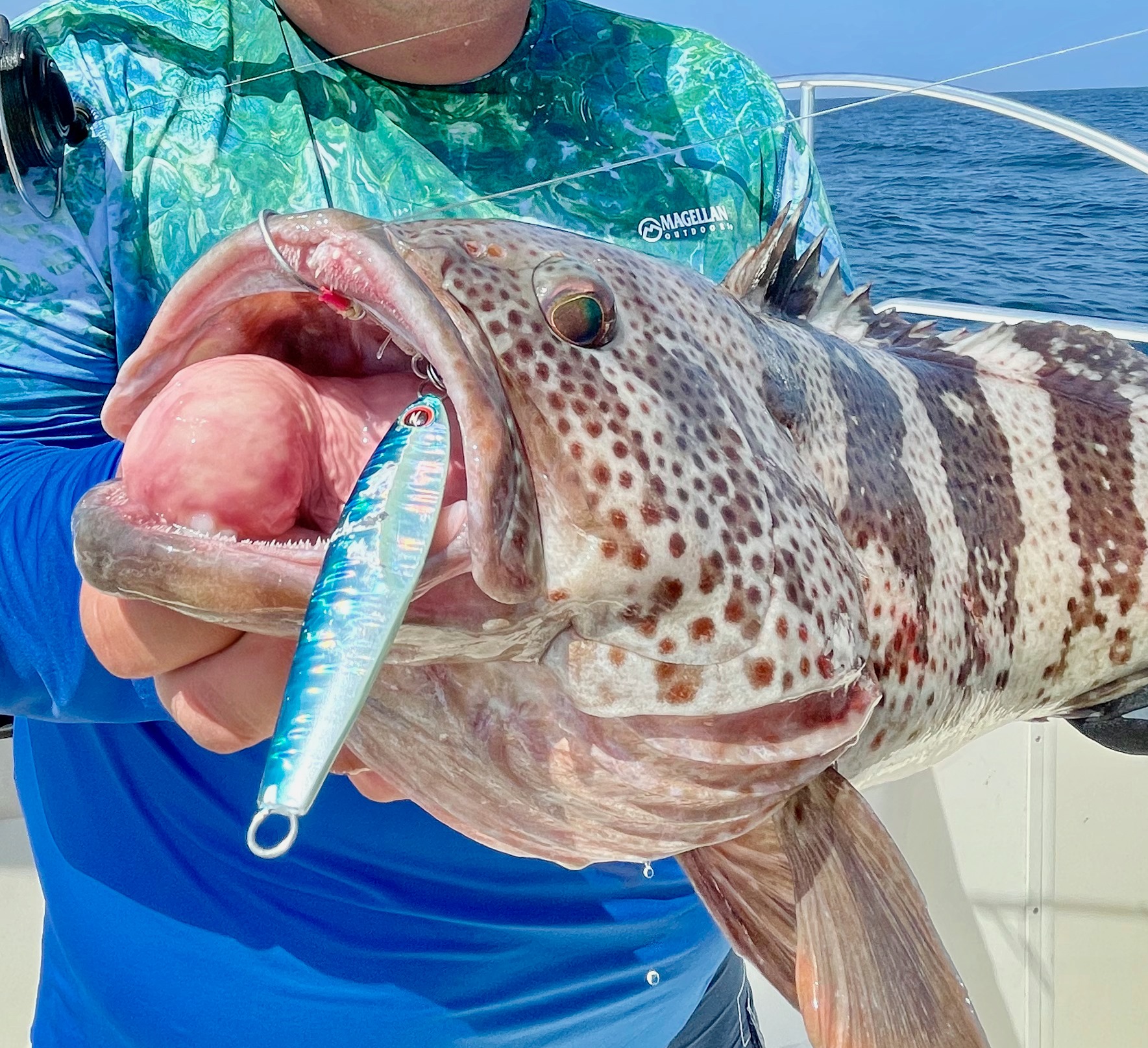

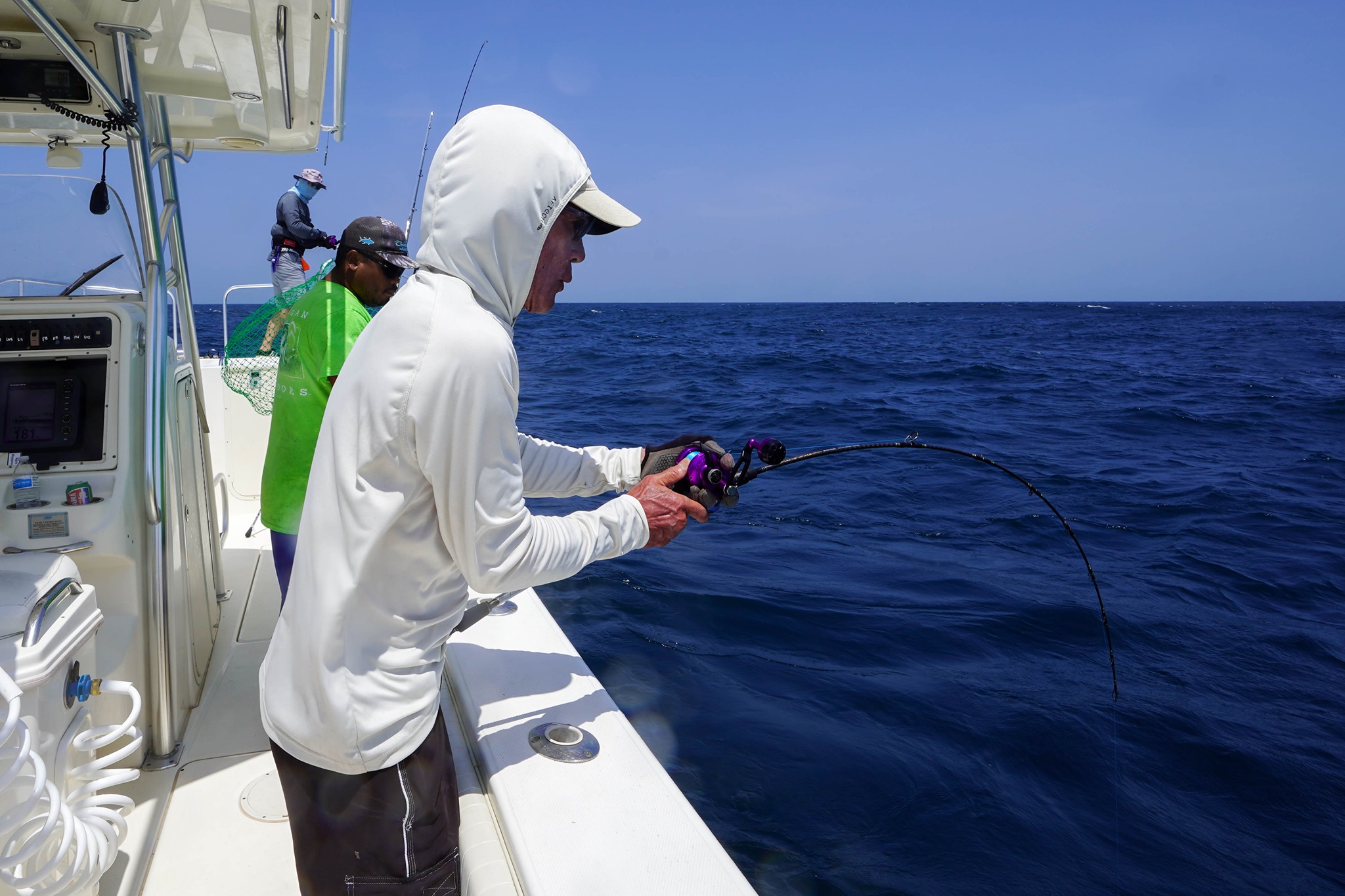
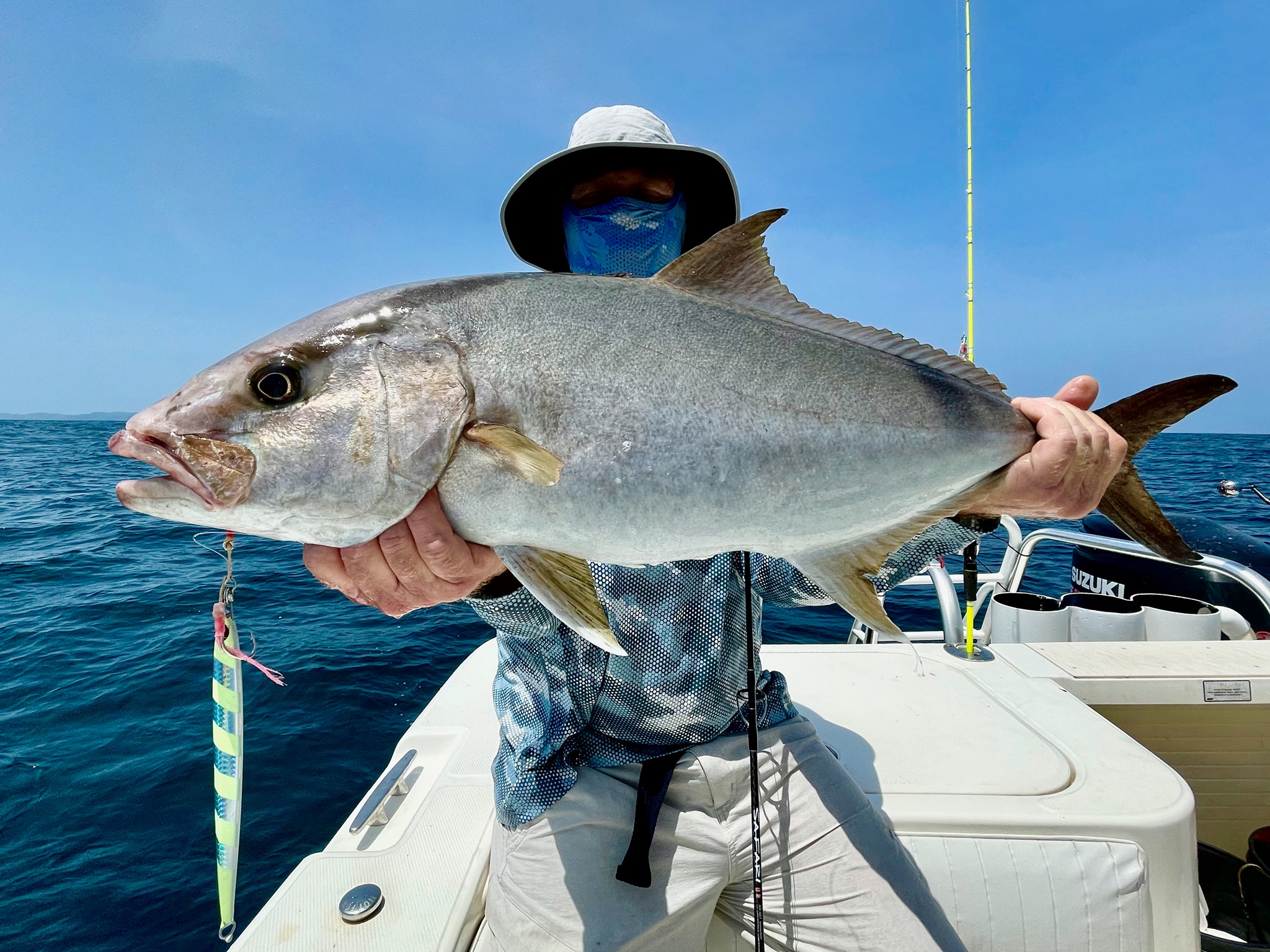
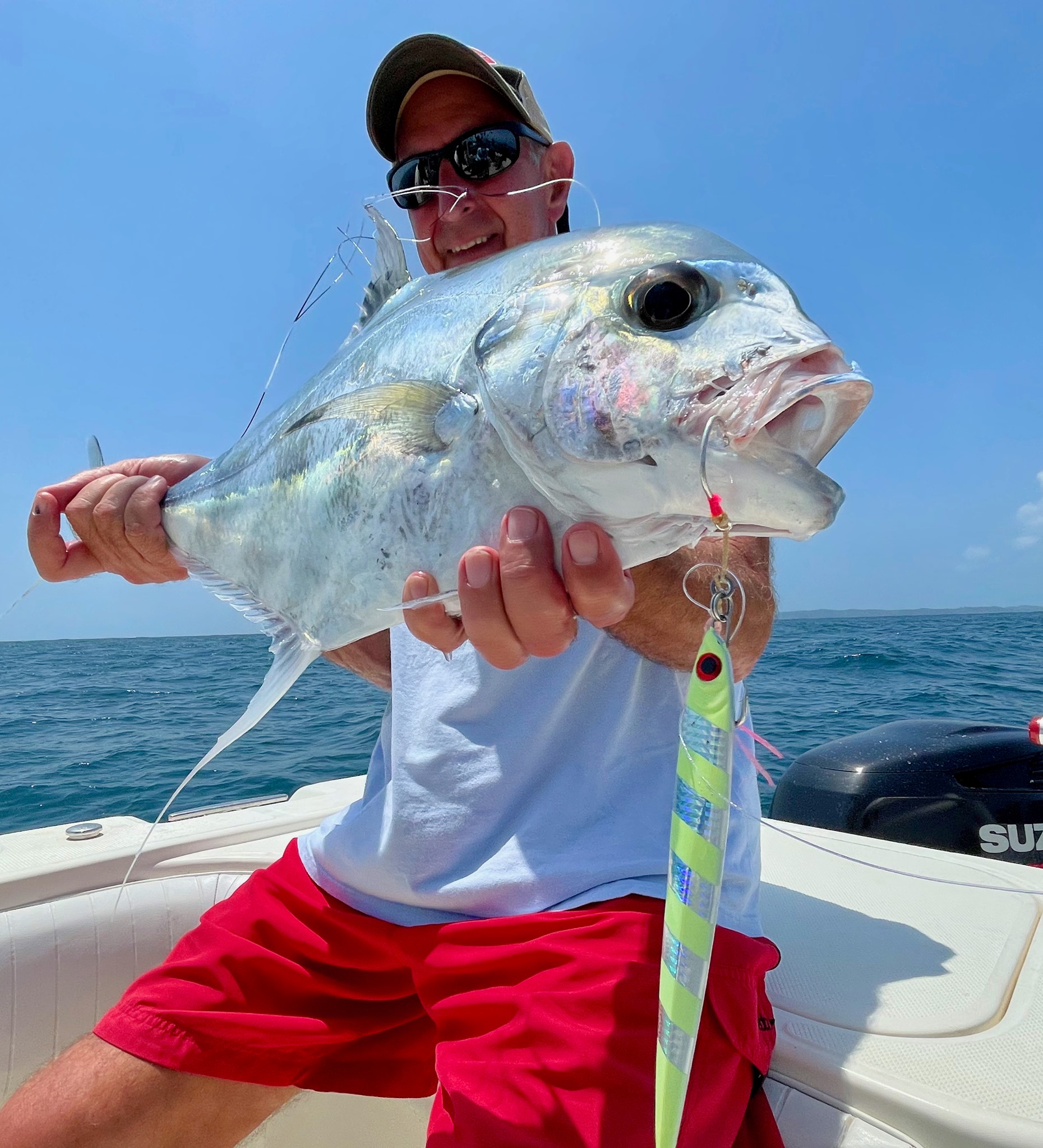

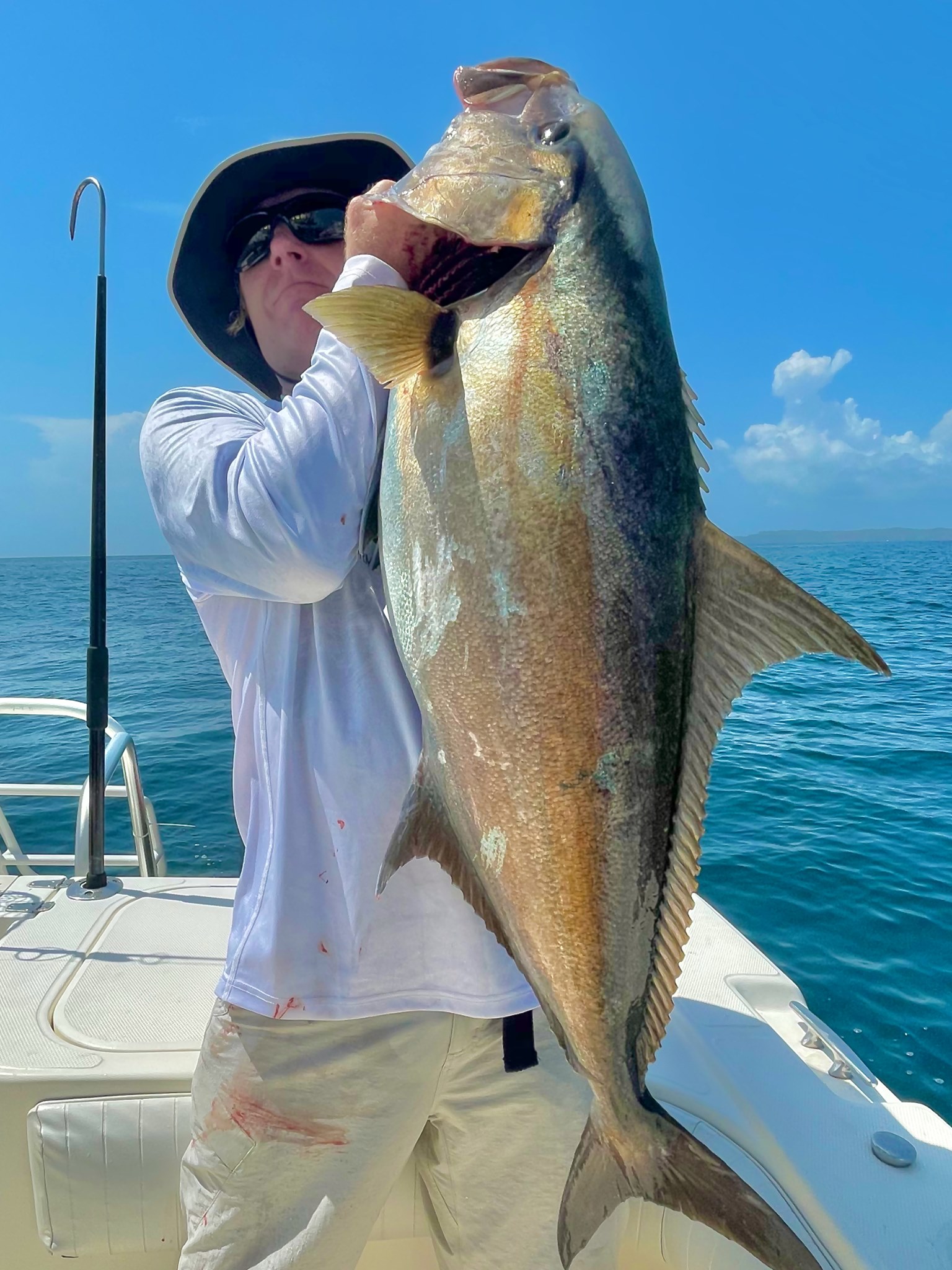

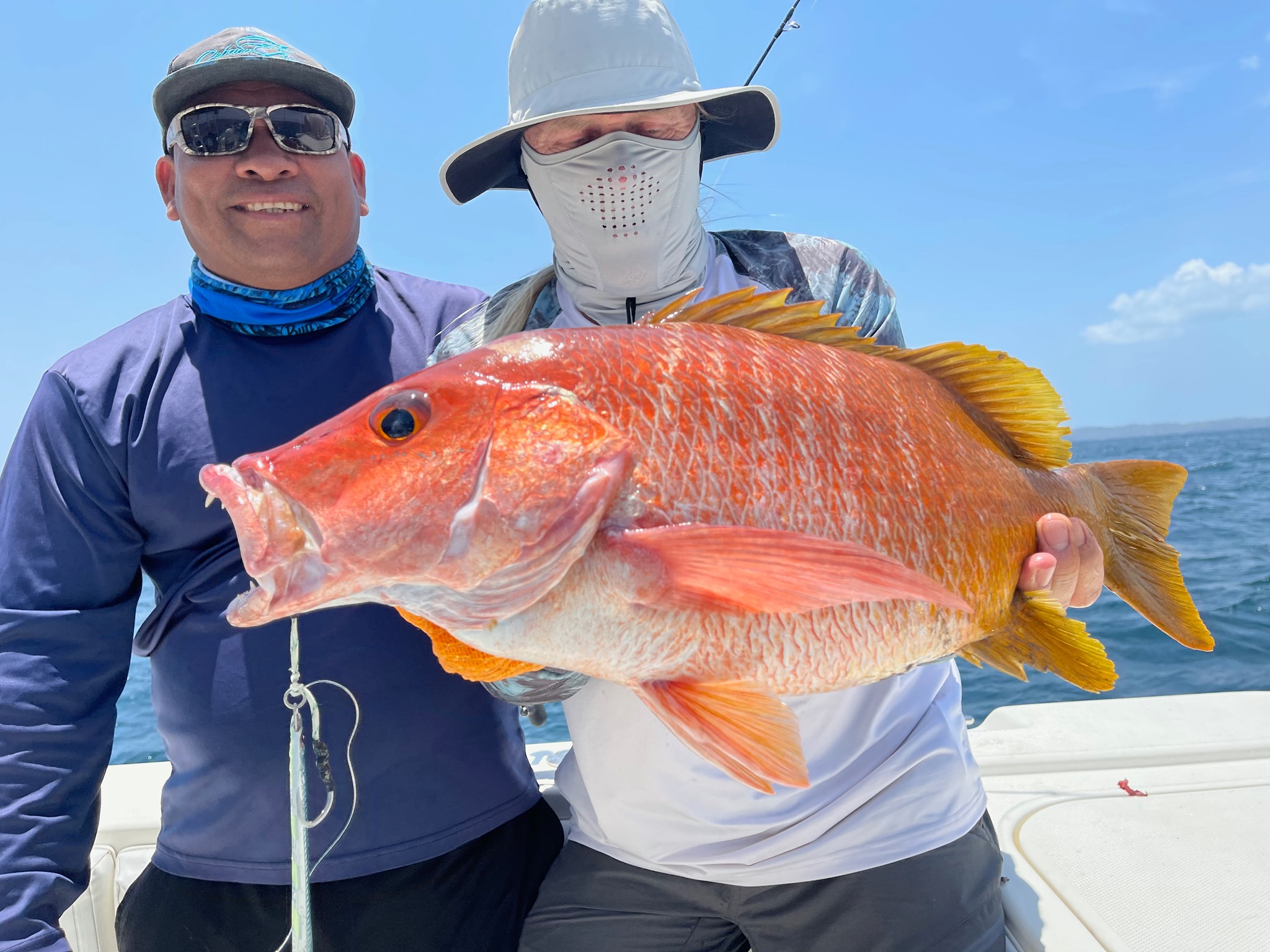
Ulrick Fong, 04-2021




















